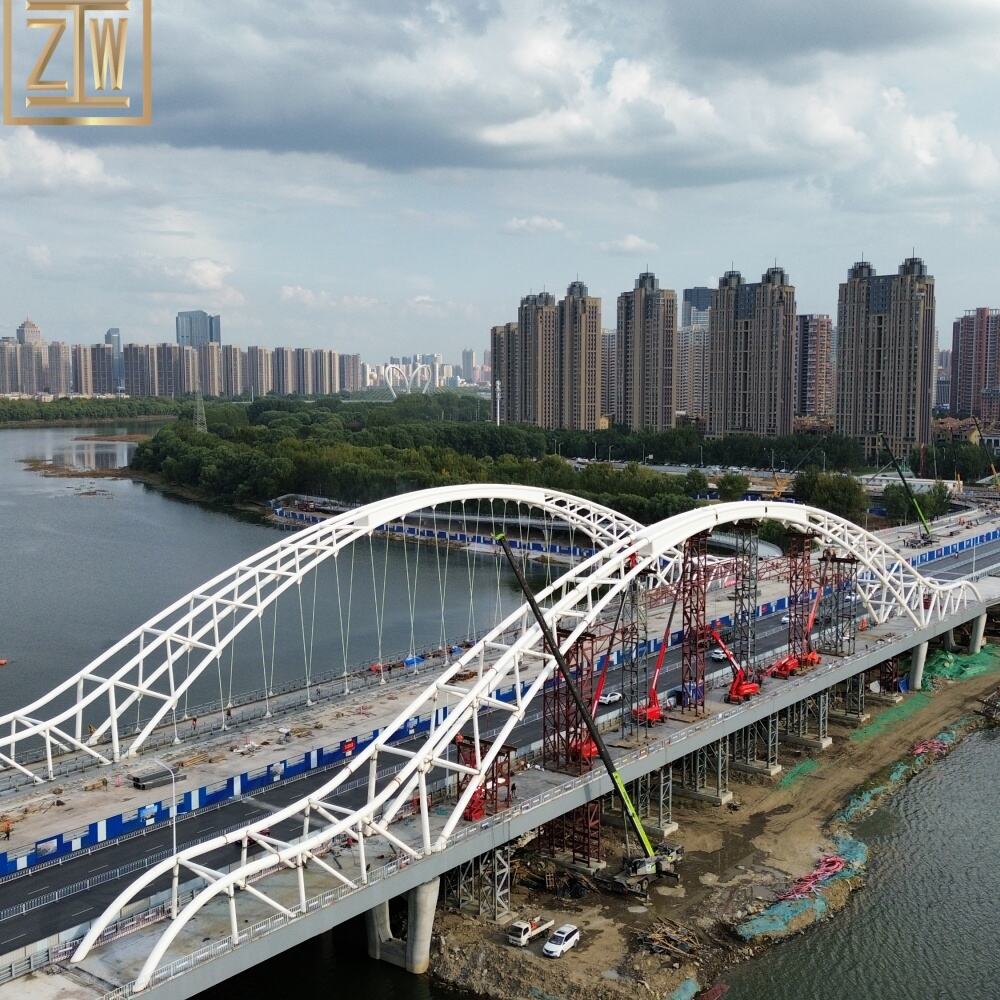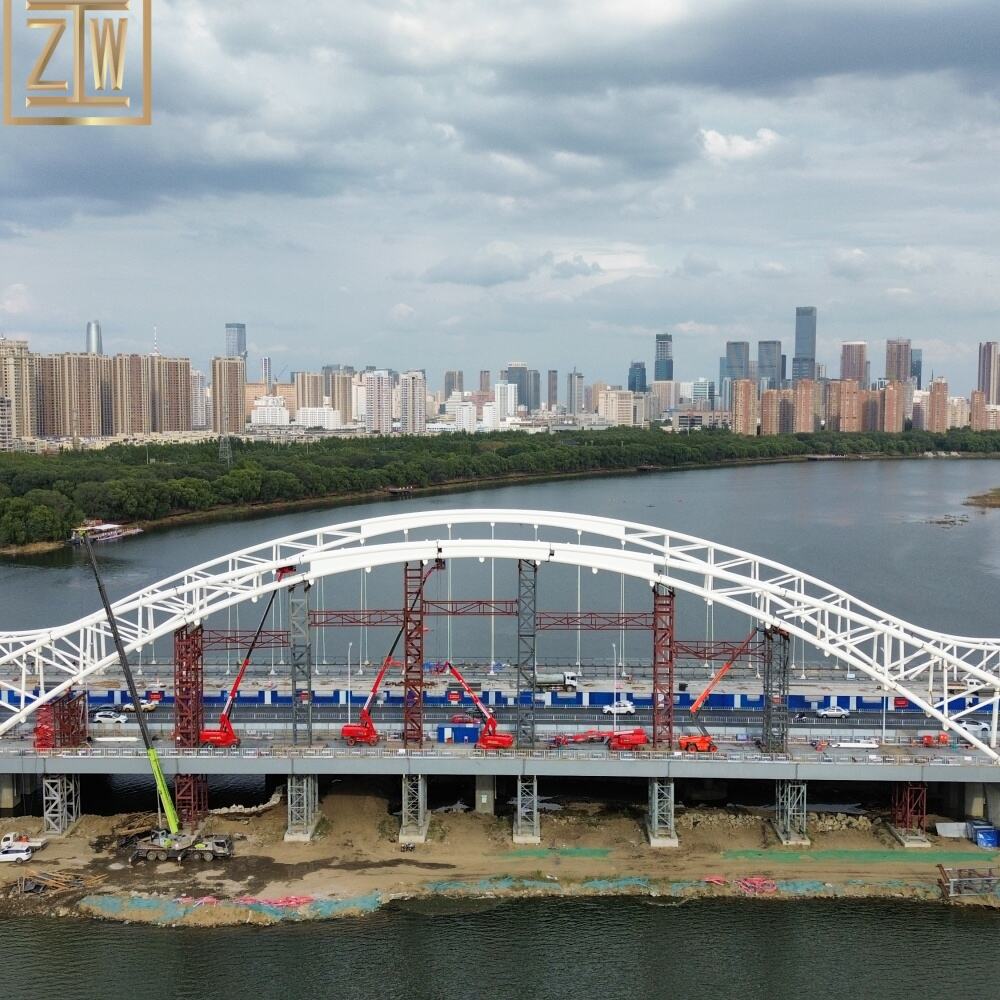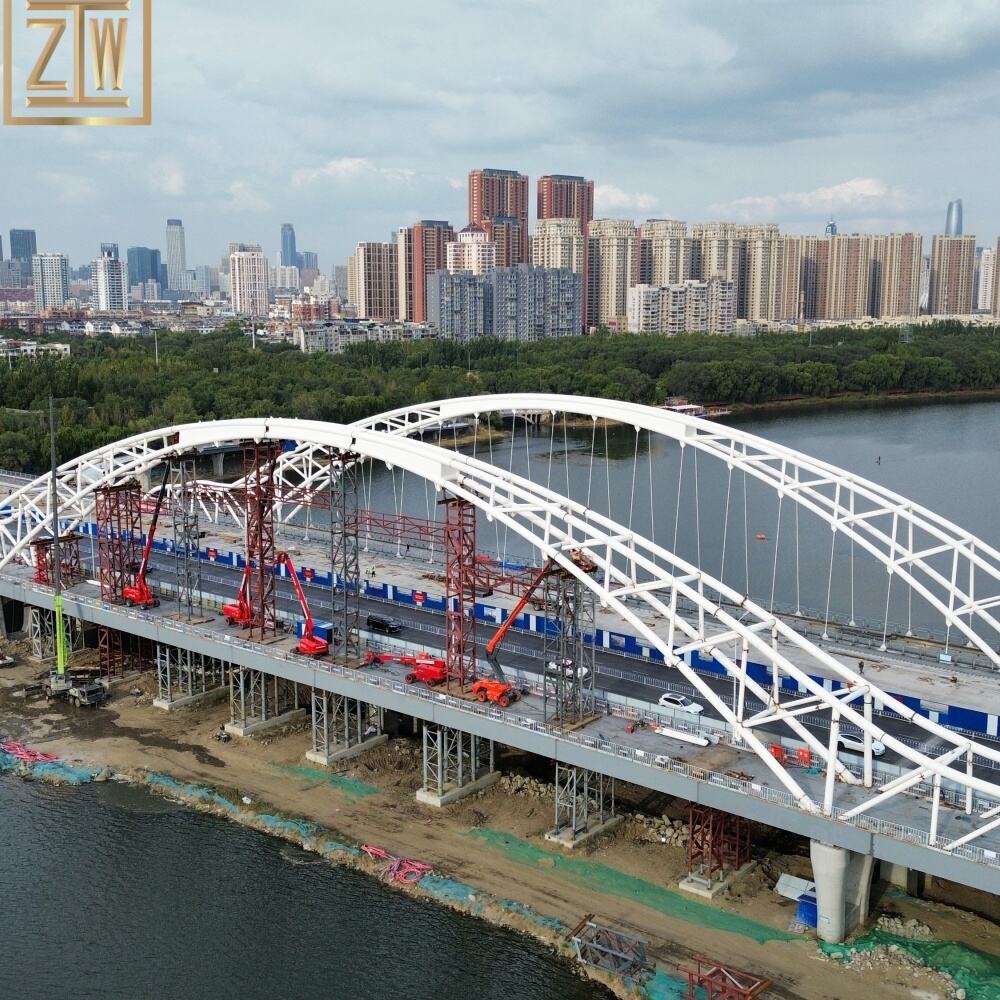
Weathering steel bridges are increasingly recognized for their unique properties that make them suitable for a variety of applications. Unlike traditional steel, weathering steel is engineered to form a stable rust layer that acts as a barrier against further corrosion. This characteristic means that weathering steel bridges require minimal maintenance over their lifespan, making them an economical choice for public infrastructure projects.In addition to their practical benefits, these bridges offer significant aesthetic advantages. The warm, earthy tones of weathering steel allow structures to harmonize with natural landscapes, making them ideal for scenic areas and urban environments alike. Engineers and architects appreciate the versatility of weathering steel, as it can be molded into various designs, from simple pedestrian walkways to complex vehicular bridges.Moreover, the use of weathering steel aligns with sustainable construction practices. The material’s long lifespan and recyclability contribute to reducing waste and resource consumption in construction. As cities and municipalities strive to create more sustainable infrastructure, weathering steel bridges provide a compelling solution that meets both functional and environmental needs.

